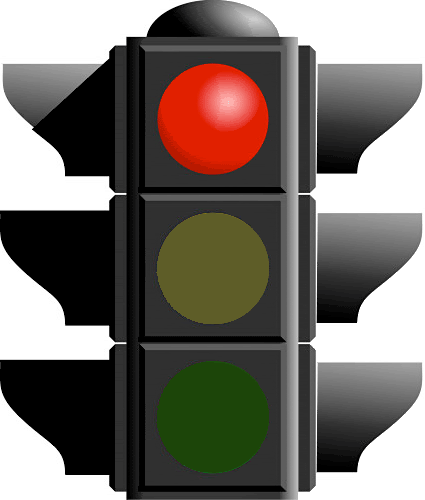
Prior to 1980 or so, power supplies tended to be heavy and bulky. They used large, heavy transformers and huge capacitors (some as large as soda cans) to convert line voltage at 120 volts and 60 hertz into 5 volts and 12 volts DC.
The switching power supplies used today are much smaller and lighter. They convert the 60-Hertz (Hz, or cycles per second) current to a much higher frequency, meaning more cycles per second. This conversion enables a small, lightweight transformer in the power supply to do the actual voltage step-down from 110 volts (or 220 in certain countries) to the voltage needed by the particular computer component. The higher-frequency AC current provided by a switcher supply is also easier to rectify and filter compared to the original 60-Hz AC line voltage, reducing the variances in voltage for the sensitive electronic components in the computer.
A switcher power supply draws only the power it needs from the AC line. The typical voltages and current provided by a power supply are shown on the label on a power supply.
 Personal computer power supply label. VSB is the standby voltage provided to the power switch. |
Related Posts :












0 comments:
Post a Comment